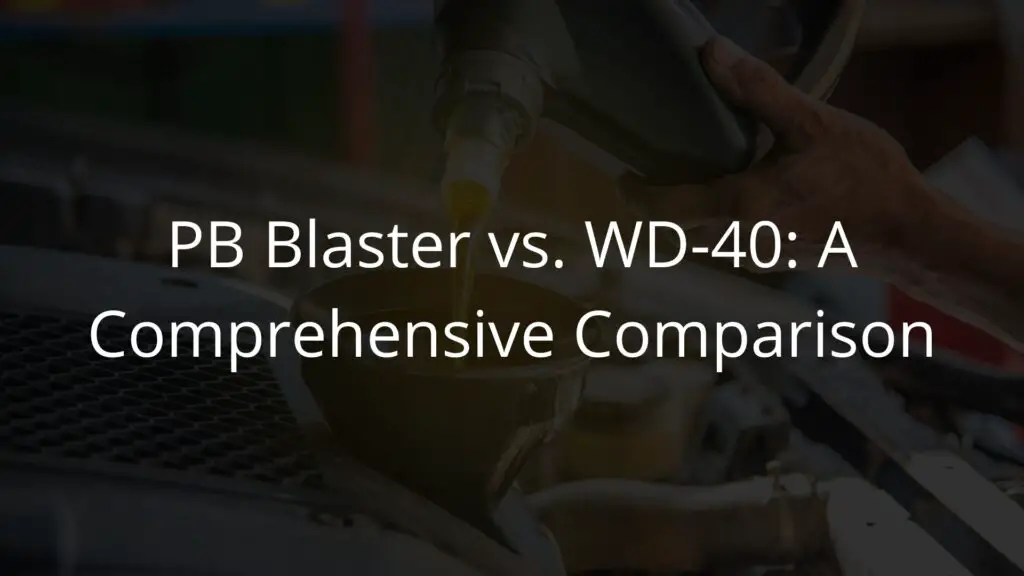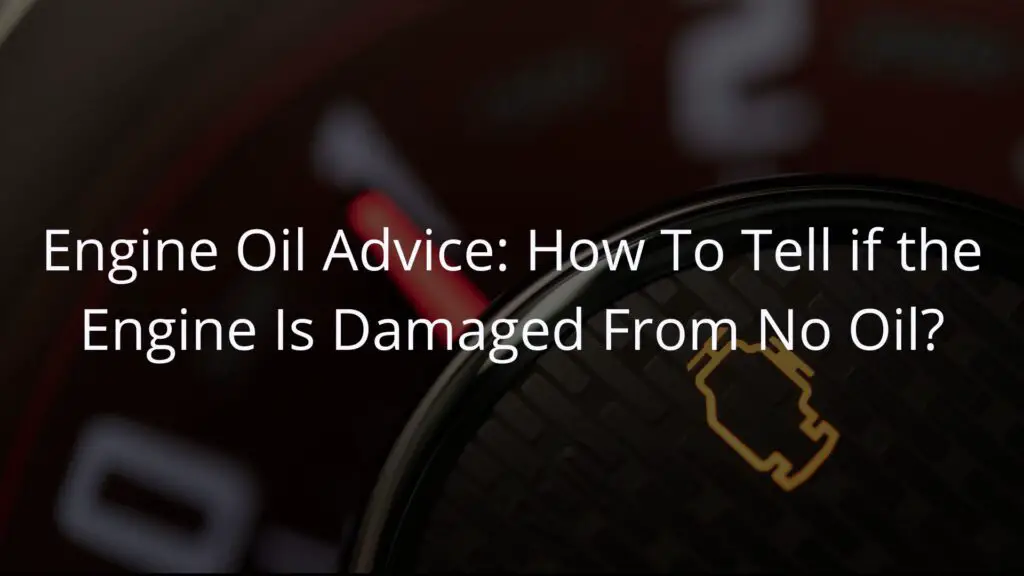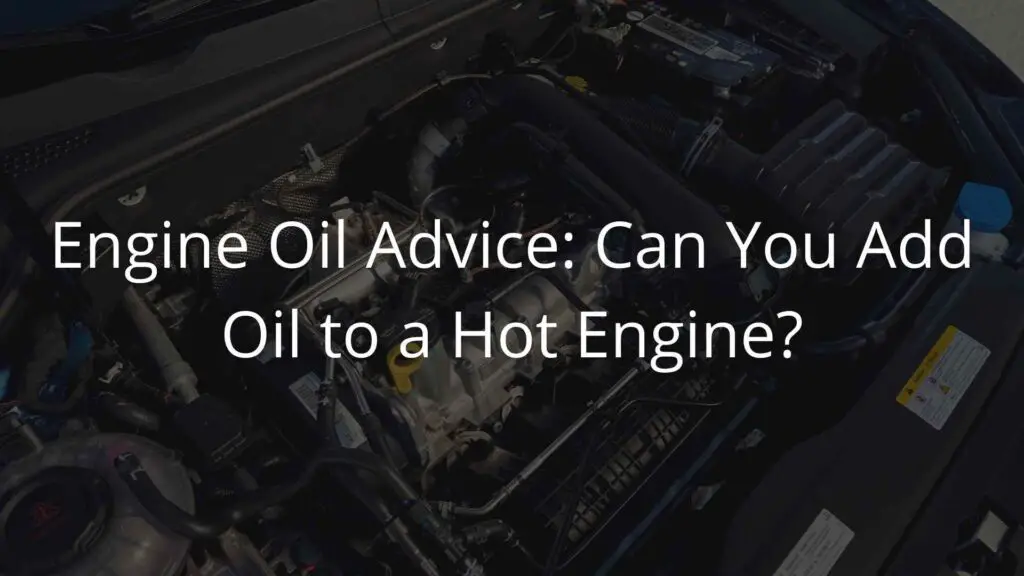When it comes to addressing common mechanical and maintenance challenges, two household names frequently enter the conversation: PB Blaster and WD-40. PB Blaster vs. WD-40 is a comparison that often arises in discussions about penetrating oils and lubricants.
While both products share some similarities, they serve distinct purposes and have unique strengths and weaknesses. In this exploration, we’ll delve into the key differences and applications of PB Blaster and WD-40, helping you make informed choices for your specific needs.
- What is PB Blaster?
- What is WD-40?
- Differences Between PB Blaster and WD-40
- Similarities Between PB Blaster and WD-40
- Pros and Cons of Using PB Blaster
- Pros and Cons of Using WD-40
- How to Use PB Blaster Properly?
- How to Use WD-40 Properly?
- Final Thoughts: Choosing Penetrating Lubricants
- Frequently Asked Questions
What is PB Blaster?
PB Blaster is a popular penetrating oil and rust inhibitor used for loosening and lubricating rusted or stuck mechanical parts. It’s a brand of aerosol spray that contains a special formula designed to penetrate and break down rust, corrosion, and other stubborn deposits on nuts, bolts, hinges, and various metal surfaces.
PB Blaster is known for its ability to free seized components, making it a valuable tool for mechanics, DIY enthusiasts, and professionals working on automotive, machinery, or home repair projects. Its formulation includes a mixture of solvents and lubricants that help reduce friction and facilitate the disassembly of rusted or corroded parts.
What is WD-40?
WD-40 is a widely recognized brand of multi-purpose lubricating and penetrating oil. It is an aerosol spray product that serves various functions, including loosening rusted or stuck components, displacing moisture to prevent corrosion, and providing a protective coating against rust and other environmental factors.

WD-40 stands for “Water Displacement, 40th formula,” as it was initially developed in the 1950s as a water-displacing solution. Over time, it has evolved into a versatile household and industrial tool, commonly used for lubricating squeaky hinges, freeing up stuck mechanisms, and preventing rust on metal surfaces. It is a popular choice for maintenance, repair, and general household applications.
Differences Between PB Blaster and WD-40
1. Primary Purpose
- PB Blaster: PB Blaster is primarily designed as a penetrating oil and rust inhibitor. Its main purpose is to loosen and free rusted or seized mechanical parts.
- WD-40: WD-40 is a multi-purpose product with a broader range of uses, including lubrication, rust prevention, moisture displacement, and cleaning. It is not specifically formulated as a penetrating oil.
2. Penetrating Properties
- PB Blaster: PB Blaster is known for its exceptional ability to penetrate rust and corrosion, making it highly effective at freeing stuck or rusted components.
- WD-40: While WD-40 can penetrate to some extent, it is not as specialized as PB Blaster in this regard. It may not be as effective at loosening extremely stubborn rusted parts.
3. Lubrication
- PB Blaster: While it provides some lubrication, PB Blaster’s primary focus is on penetrating and freeing rusted parts, so its lubricating properties are not as extensive as WD-40.
- WD-40: WD-40 is well-suited for general-purpose lubrication. It can be used to reduce friction on various surfaces, including hinges, locks, and moving mechanical parts.
4. Rust Prevention
- PB Blaster: PB Blaster helps prevent rust by displacing moisture and providing a protective coating, but its primary function is to break down existing rust and corrosion.
- WD-40: WD-40 is formulated to prevent rust by creating a protective barrier on metal surfaces. It is more focused on long-term rust prevention.
5. Cleaning
- PB Blaster: PB Blaster is not typically used for cleaning purposes.
- WD-40: WD-40 can be used as a cleaning agent to remove dirt, grime, and certain adhesives from surfaces. It has mild degreasing properties.
6. Versatility
- PB Blaster: PB Blaster is highly specialized for rust penetration and is primarily used in automotive and mechanical applications.
- WD-40: WD-40 is a versatile product suitable for a wide range of household, automotive, and industrial applications. It serves as a lubricant, rust inhibitor, moisture displacer, and cleaner.
7. Odor and Flammability
- PB Blaster: PB Blaster may have a stronger odor and can be flammable, so caution is needed when using it in certain environments.
- WD-40: WD-40 typically has a milder odor and is also flammable, but its odor is generally considered less potent than PB Blaster.
Similarities Between PB Blaster and WD-40

1. Aerosol Spray Format
Both PB Blaster and WD-40 are available in aerosol spray cans, which makes them convenient and easy to apply. The spray format allows for precise application to target areas.
2. Rust Prevention
While their primary purposes differ, both products offer some level of rust prevention. PB Blaster and WD-40 can help protect metal surfaces from future corrosion and rust formation. They achieve this by displacing moisture and providing a protective barrier.
3. Moisture Displacement
Both PB Blaster and WD-40 are effective at displacing moisture from surfaces. This property is useful for preventing rust and corrosion, as moisture can accelerate these processes.
4. Household and Industrial Use
Both products find utility in a wide range of applications, including household, automotive, and industrial settings. They can be used for various maintenance and repair tasks.
5. Penetrating Properties
While PB Blaster is specialized for penetrating rust and seized parts, WD-40 also possesses some penetrating properties. WD-40 can help loosen and free lightly rusted components, though it may not be as effective as PB Blaster for extremely stubborn cases.
Pros and Cons of Using PB Blaster

Pros
- Effective Penetration: PB Blaster is highly effective at penetrating rust and corrosion, making it invaluable for freeing stuck or rusted mechanical parts.
- Rust Prevention: It helps prevent future rust formation by displacing moisture and leaving a protective coating on metal surfaces.
- Versatile Application: While its primary use is in automotive and mechanical repairs, PB Blaster can also be used in other scenarios where rust or corrosion is a concern.
- Time-Saving: It can save a significant amount of time and effort when dealing with stubborn, rusted components, as it often eliminates the need for excessive force or disassembly.
- Long-Lasting Effect: The protective coating it leaves can provide lasting rust prevention, reducing the need for frequent reapplication.
Cons
- Strong Odor: PB Blaster can have a strong and unpleasant odor, which may be a concern when working in enclosed spaces or areas with poor ventilation.
- Flammability: It is flammable, so users need to exercise caution when using it near open flames or in environments where flammability is a concern.
- Specialized Use: While effective for rust penetration, it may not be the best choice for general lubrication or cleaning tasks. Users may need a separate product for these purposes.
- Cost: PB Blaster can be relatively more expensive than some other penetrating oils or lubricants on the market.
- Residue: It can leave a residue on surfaces, which may not be desirable in some applications.
Pros and Cons of Using WD-40
Pros
- Versatility: WD-40 is a multi-purpose product suitable for various applications, including lubrication, rust prevention, moisture displacement, and cleaning.
- Convenient Application: It comes in an aerosol spray can, allowing for precise and easy application to target areas.
- Rust Prevention: WD-40 helps prevent rust by creating a protective barrier on metal surfaces, making it effective for long-term corrosion prevention.
- Moisture Displacement: It is efficient at displacing moisture, which can be particularly useful in preventing electrical and mechanical issues caused by moisture ingress.
- Household Use: WD-40 is commonly found in households for everyday tasks like lubricating squeaky hinges, freeing up stuck mechanisms, and cleaning.
Cons
- Limited Penetration: While it has some penetrating properties, WD-40 may not be as effective as specialized penetrating oils like PB Blaster for extremely stubborn rusted parts.
- Temporary Lubrication: It provides temporary lubrication and may require more frequent reapplication for long-lasting lubrication compared to dedicated lubricants.
- Flammability: WD-40 is flammable, so users need to exercise caution when using it near open flames or in environments where flammability is a concern.
- Mild Odor: It may have a milder but still noticeable odor, which could be a consideration in enclosed spaces or for those sensitive to odors.
- Cleaning Residue: In some cases, the residue left by WD-40 after use may not be suitable for certain applications, such as surfaces that need to remain completely clean.
How to Use PB Blaster Properly?
- Prepare: Ensure the area is well-ventilated and wear protective gear, including gloves and safety glasses.
- Spray: Spray PB Blaster directly onto the rusted or stuck parts. Apply enough to thoroughly coat the area.
- Wait: Allow PB Blaster some time to penetrate and work its way into the rust or corrosion. Wait at least 15-30 minutes for effective penetration.
- Attempt to Move: After waiting, try to move or loosen the stuck component. Use appropriate tools and gradually apply force if needed.
- Repeat if Necessary: If the part remains stuck, you can reapply PB Blaster and wait again. Repeat the process until the part frees up.
- Clean Residue: Once successful, clean any remaining PB Blaster residue from the surface.
How to Use WD-40 Properly?

- Preparation: Ensure the area is well-ventilated and wear any necessary protective gear.
- Spray: Point the aerosol directly at the target area and apply WD-40 evenly. Use the straw attachment for precision if needed.
- Wait: Allow WD-40 some time to penetrate, typically for a few minutes, depending on the task.
- Lubrication: For lubrication, apply WD-40 sparingly to reduce friction on moving parts.
- Rust Prevention: To prevent rust, coat the metal surface with WD-40 and let it dry to leave a protective barrier.
- Cleaning: Use WD-40 as a cleaner by spraying and wiping away dirt or grime.
- Repeat as Necessary: Reapply as needed, especially for ongoing lubrication or rust prevention.
Final Thoughts: Choosing Penetrating Lubricants
In conclusion, the comparison between PB Blaster and WD-40 reveals two versatile yet distinct products, each with its own set of advantages and applications. While PB Blaster excels at penetrating rust and freeing seized parts, WD-40 offers a broader range of uses, from lubrication to rust prevention and cleaning. The choice between PB Blaster vs. WD-40 ultimately hinges on the specific task at hand. Understanding their differences empowers users to select the right tool to tackle their mechanical, automotive, or household challenges effectively.
For more information on all things engine oils, explore our blog.



